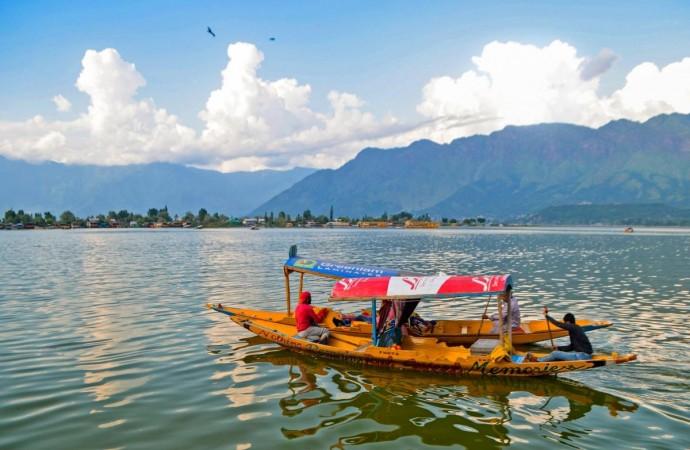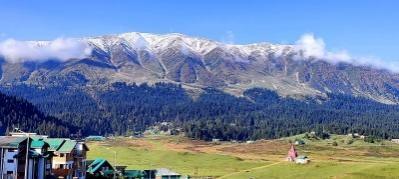
Kashmir is experiencing a tourism boom in 2024, with over 1.25 million visitors, benefiting the local economy. The surge in tourism is due to the improved law and order situation, which attracts tourists from across India and abroad. The increase in tourism has a ripple effect on other industries, including horticulture and handicrafts.
Kashmir, a region known for its stunning landscapes and rich culture, is witnessing a significant surge in tourism in 2024. More than 1.25 million tourists have already visited the region, setting the stage for a record-breaking year. This surge is attributed to an improved law and order situation and prevailing peace in the region, making it a more attractive destination for both domestic and foreign tourists.
The main tourists visiting Kashmir in 2024 are primarily from Gujarat, Tamil Nadu, West Bengal, and Maharashtra. There is also an expected increase in foreign tourists, particularly high-end tourists from countries like the United States and Europe.
The local economy in Kashmir has significantly benefited from this growth in tourism. The tourism industry is the second main industry in the region after horticulture, contributing around Rs 8,000 crore annually to the local economy. This boost in tourism directly gives a boost to hotels, houseboats, Shikarawallahs (boatmen), taxi operators, and tourist guides, providing employment and income opportunities. Additionally, the growth in tourism indirectly benefits local artisans involved in handicrafts like shawls, carpets, wood carvings, and papier machie, as these traditional crafts are popular souvenirs for tourists.

Local hotels and accommodations in popular tourist destinations in Kashmir are handling high demand by operating at full capacity, with some places like Srinagar, Gulmarg, Pahalgam, and Sonamarg completely sold out until mid-June.
However, they also face challenges, including the need to maintain quality service amidst the rush, ensure guest satisfaction, and manage resources effectively to avoid overstretching. Additionally, with the increase in demand, there might be pressure to expand infrastructure without compromising the unique charm and environmental balance of the region. While the tourism boom presents opportunities, it also poses challenges for sustainable development and the preservation of cultural and natural heritage.
Tourism boost boon for J&K's horticulture biz
The 2024 tourist season holds significant importance for the overall economy of Jammu and Kashmir, as it is witnessing a record-breaking influx of tourists. This surge not only directly benefits the tourism sector but also has a ripple effect on other industries, including the horticulture industry.
Horticulture, being a major contributor to the local economy with a share of about 9.5% in the Gross State Domestic Product (GSDP), stands to gain from the increased economic activity. Tourists often seek local experiences, including purchasing local produce and handicrafts, which can lead to higher demand for Kashmir's famous fruits like apples and saffron, as well as other agricultural products.
The tourism boom can indirectly support farmers and artisans by creating a market for their goods, potentially increasing their income and contributing to the overall economic growth of the region. However, it's crucial for the local government and industry players to ensure that this growth is sustainable and benefits all stakeholders, including the horticulture sector, while preserving the natural environment and cultural heritage.
The surge in tourism in Kashmir in 2024 is a significant development for the region, contributing to economic growth and providing opportunities for various sectors. However, it also presents challenges that need to be addressed to ensure sustainable development and the preservation of the region's unique cultural and natural heritage. The success of this tourist season could serve as a model for other regions looking to boost their tourism industry while preserving their unique cultural and natural heritage.














